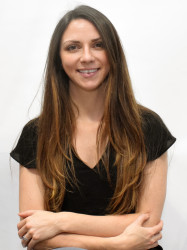BibTex format
@article{Weldon:2019:10.1016/j.jsurg.2019.03.016,
author = {Weldon, SM and Korkiakangas, T and Calzada, J and Korndorffer, JR and Kneebone, RL},
doi = {10.1016/j.jsurg.2019.03.016},
journal = {Journal of Surgical Education},
pages = {1413--1424},
title = {A surgical team simulation to improve teamwork and communication across two continents: ViSIOT Proof-of-Concept Study},
url = {http://dx.doi.org/10.1016/j.jsurg.2019.03.016},
volume = {76},
year = {2019}
}

